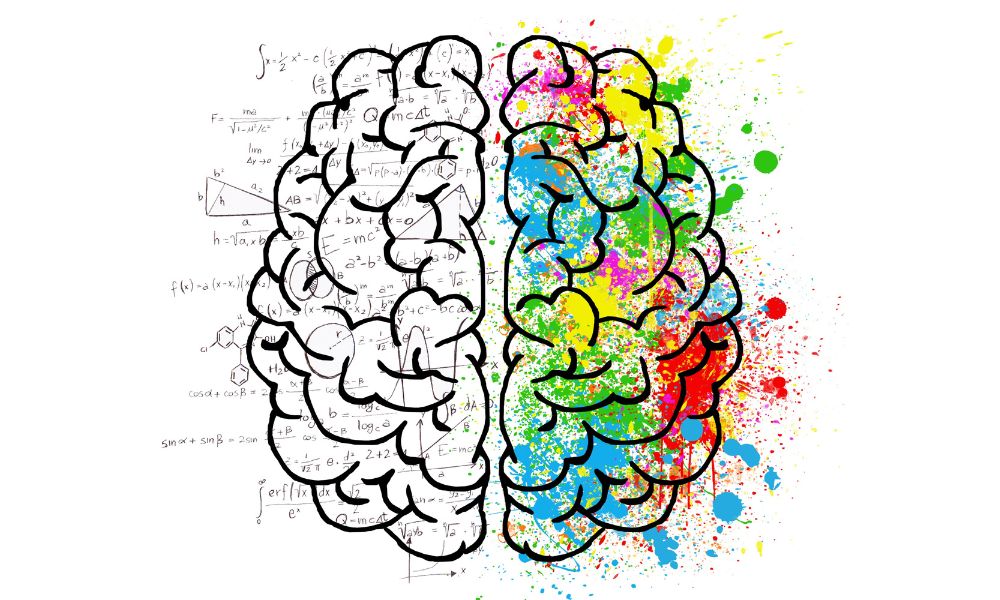
Yes, you read that correctly. Emotive advertising is 7x more effective than the traditional B2B approach of rational advertising. The rational approach, which has been the standard for years in B2B, is explaining product features, how much time it saves – essentially the answers to rational questions. For example, What can the product do? What does the product do for me? New research from the LinkedIn B2B Institute presented by Ogilvy suggests advertisers should be answering ‘How does this product make me feel?’ and ‘Will this product make me popular in the office?’ – emotional questions with emotive responses.
In B2C this is the norm. In B2B, not so much. We have a duty to create effective advertising and this stat is a proof point to get that bottom drawer campaign approved that’s been collecting dust for 18 months since the CEO said he didn’t understand what Barbados holidays had to do with cybersecurity.
Emotional advertising is the key to B2B marketing effectiveness.
Why is emotional rational
Our brain has two sides: system one and system two. Let’s call them S1 & S2.
S1 is our automatic, unconscious, and emotional response to situations and stimuli. This is reading, walking, reacting to a phone notification, sneezing when you have the urge to, crying when you’re sad. It’s all the stuff we do naturally and quickly without giving much thought to. It’s our instinct.
S2 is our logical response which is much slower. We use this part of our brain when we’re in entirely new situations – when we have to really think about something. If we’re commuting to a new office, parking in a really tight parking space, taking an exam. We use our S2 when we need to concentrate because it isn’t ‘second nature’ to us yet.
Prestigious psychologist Daniel Kahneman popularised the terms system one and system two in his 2011 book, Thinking, Fast and Slow.
Since then, as behavioural economics becomes more and more infused into marketing, many marketers have clocked on to the power of understanding S1 vs. S2. After all, as marketers, if we know why people do things, we can far more easily influence them.
The truth is, in the modern world, we kinda just use our S1. Things have become so attentive and fast paced that we have to rely on our S1 just to keep up. Neuroscience tells us that 95% of our decisions are through our S1, meaning that we are basing our actions and decisions off rapid emotional responses without thought for most of our day – in fact, practically all of it.
This is a hugely important golden nugget if we’re trying to determine what advertising, and marketing more broadly, is effective. People at work, are people. Therefore they also naturally abide by this 95:5 rule.
B2B decision makers are ultimately just people too
I took that heading from the latest research report from Ogilvy: Influencing Busines. I’ve always known it but perhaps I just needed it written down and placed in front of me… well on a screen in PDF format which I had to actively download, but you get my drift. The report makes a great observation of modern working life. We now source our professional communications through the same channels as our personal lives. Our personal and professional lives have become intertwined.
Therefore, even more emphasis should be placed on emotion, connection and conversation. Human connection is vital – and it took a ruddy pandemic for us all to notice.
“Research shows that emotionally connected customers are more than twice as valuable as highly satisfied customers, as emotions are known to influence decision-making and brand loyalty.”
Ogilvy’s Influencing Business Report
If we’re making unconscious decisions for most of our daily lives, our advertising, to be noticed and remembered, needs to evoke an emotional response. It won’t get any attention otherwise. There are plenty of hypotheses around the use of animals and mascots in advertising and how it drastically boosts effectiveness. I’m not aware of any properly researched data around this, but essentially, it’s the idea that ‘human see dog, human like dog, human remember scenario when seeing dog’, and if the advertiser has effectively connected their brand with that breed of dog, they’ve succeeded because they’ll be remembered.
This is also why the use of recognisable faces is effective. Influencers, celebrities etc.
“67% of B2B Influencer campaigns had more impact on marketing performance than brand only marketing.”
Ogilvy’s Influencing Business Report
B2C advertisers have been doing this for years – using famous faces, creating emotion, and digging into the S1 psyche. B2B advertisers need to escape this vicious cycle of here is our product, here are the product specs, here is how to get in touch. We need to create emotion.
You can download Ogilvy’s Influencing Business Report by clicking here.